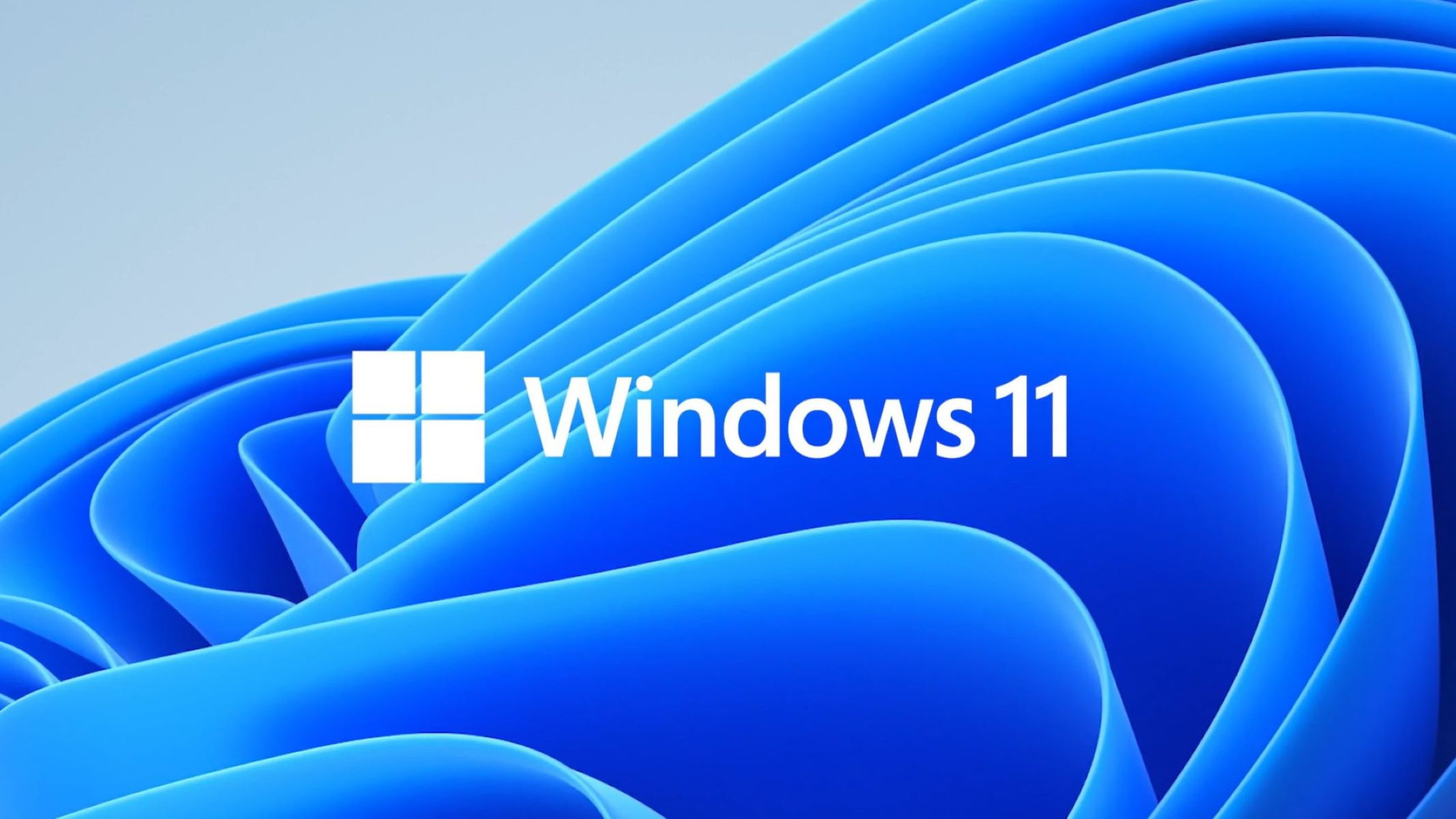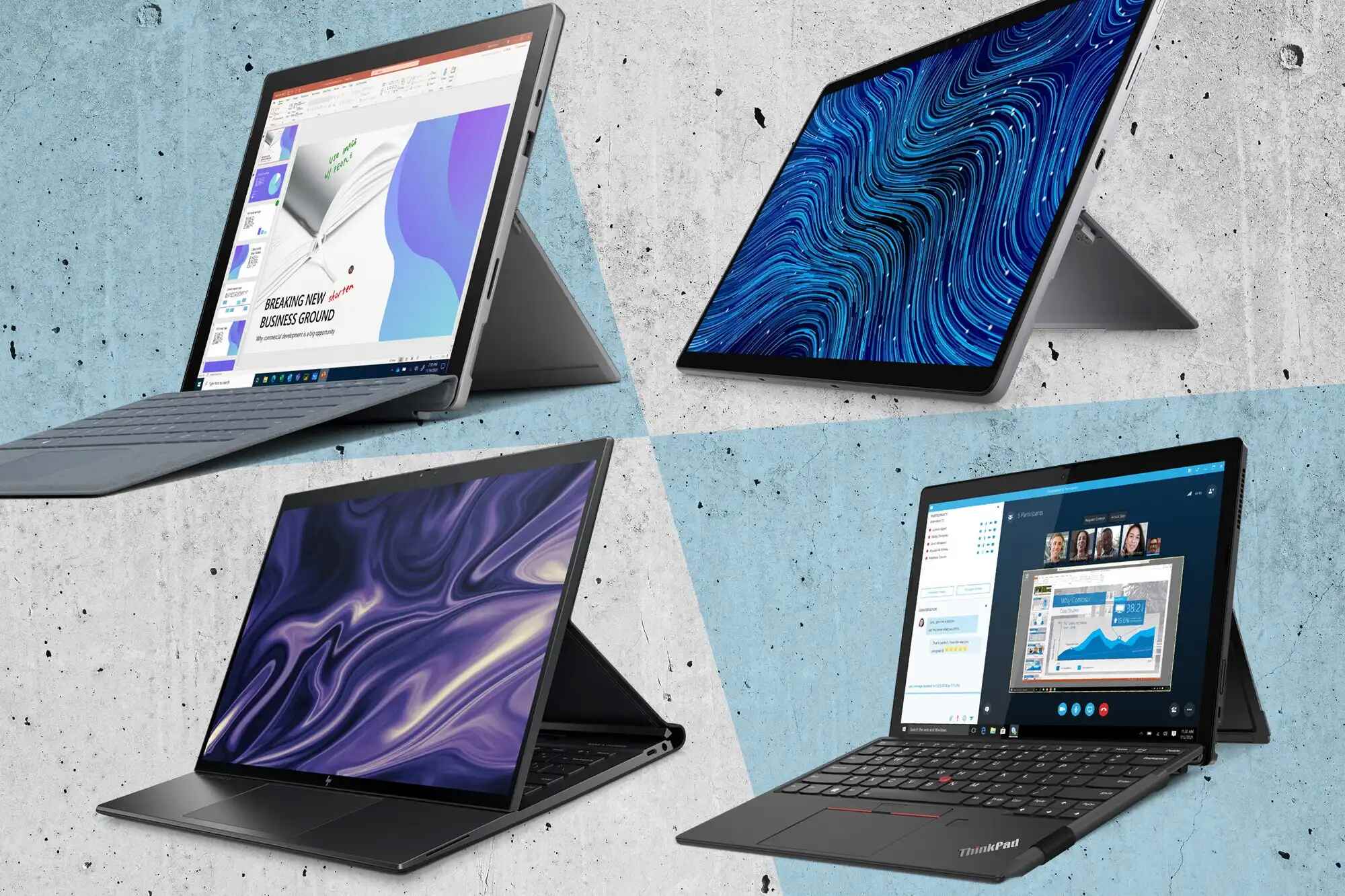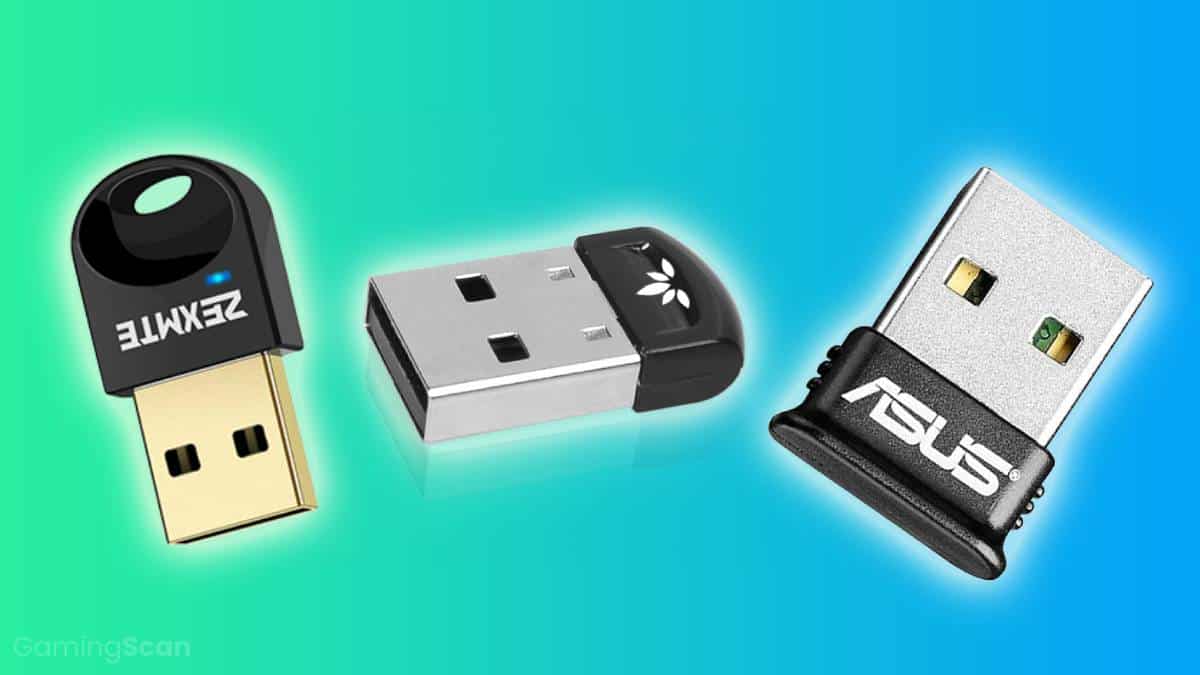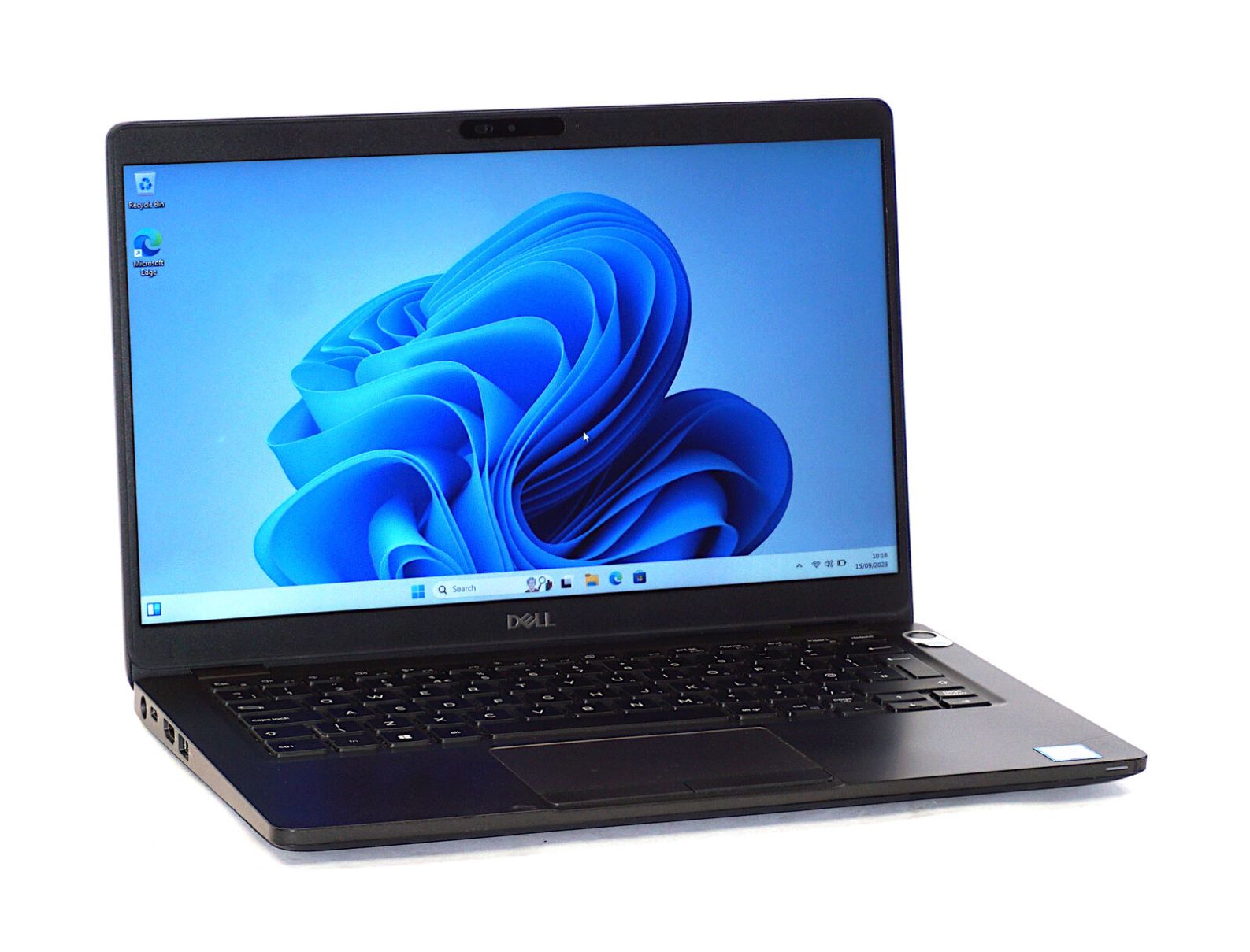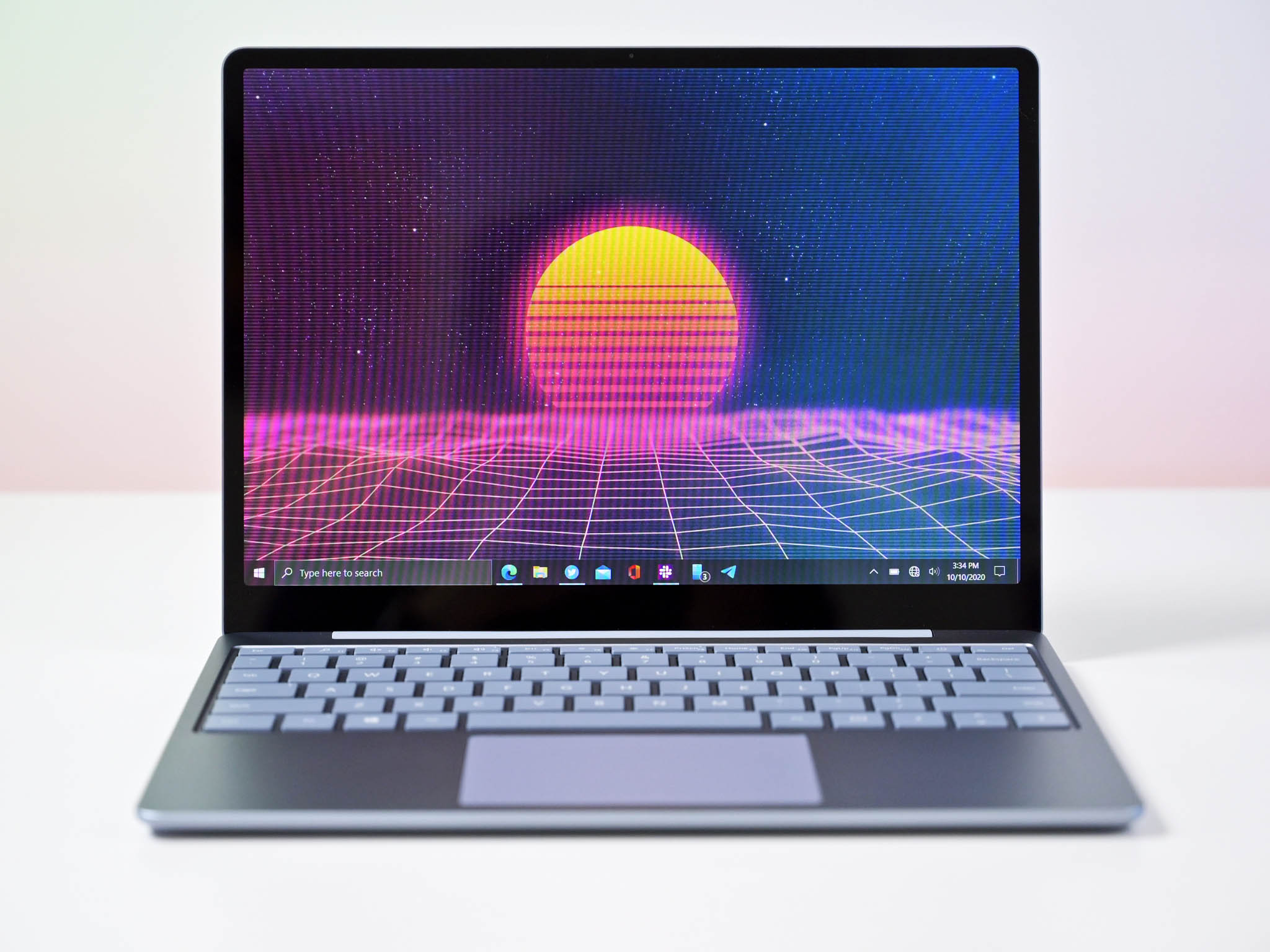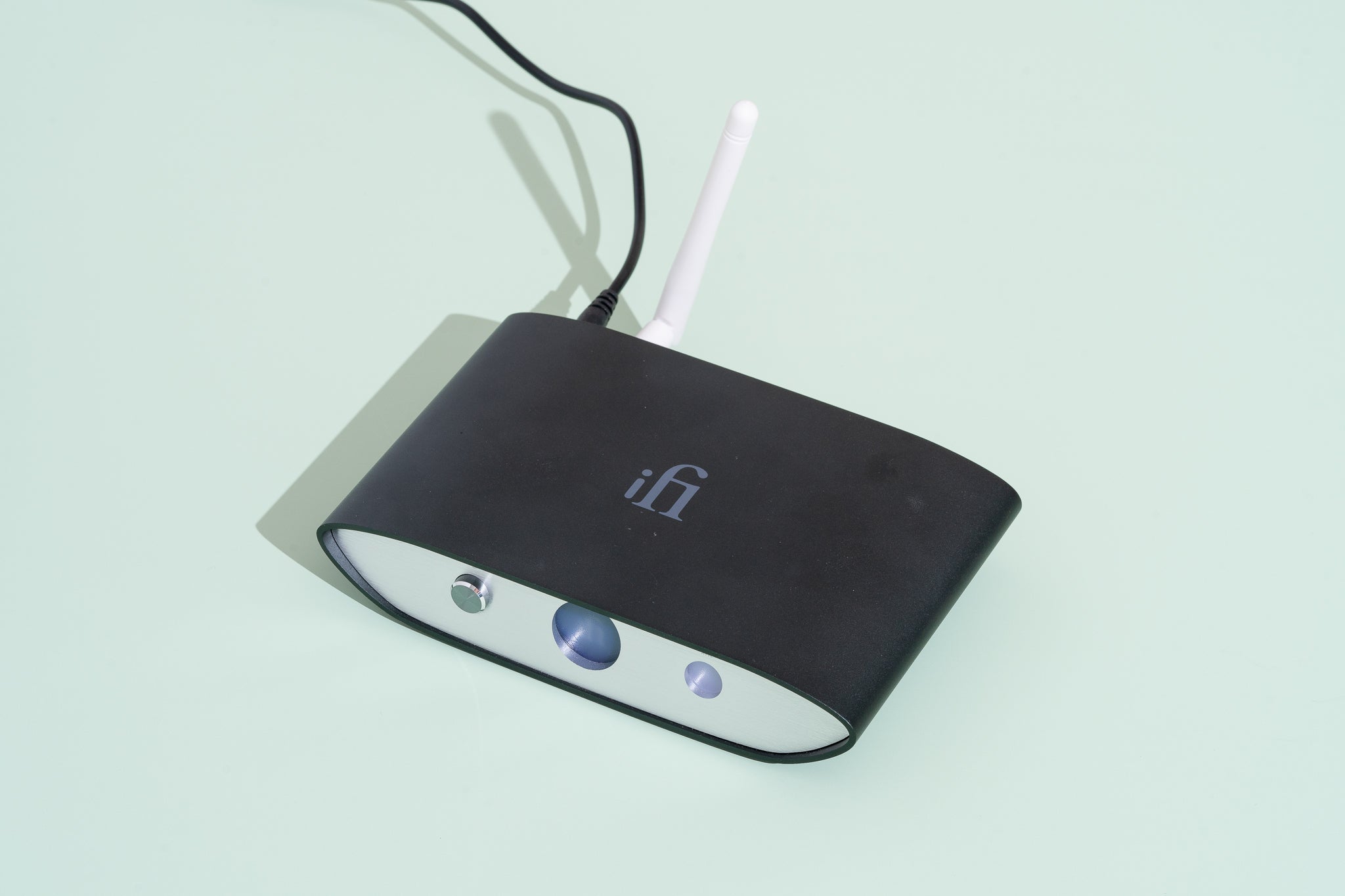Introduction
Windows 11, the latest operating system from Microsoft, has generated a lot of excitement among users. With its modern design, improved performance, and enhanced features, many are eager to upgrade to this new version. However, before diving into the installation process, it’s important to understand the factors that can affect the time it takes to install Windows 11.
The installation time for Windows 11 can vary depending on several factors. These include the specifications of your computer, the method of installation chosen, and any additional software or drivers that need to be installed alongside the operating system. By gaining a better understanding of these factors, you will be better equipped to prepare for the installation process and manage your expectations.
One of the key factors influencing installation time is the system requirements for Windows 11. Microsoft has introduced more stringent requirements for Windows 11 compared to its predecessor, Windows 10. These requirements ensure that the operating system can run smoothly and take advantage of its new features. If your computer does not meet the minimum requirements, it may not be able to install or run Windows 11 efficiently.
Preparing for the installation of Windows 11 is also crucial to minimize any potential delays. This includes backing up important data, ensuring you have a stable internet connection, and disabling any unnecessary software or antivirus programs that may interfere with the installation process. Taking these steps can help streamline the installation and reduce the overall time it takes.
The installation process for Windows 11 is fairly straightforward. There are different methods you can choose to install the operating system, including upgrading from Windows 10 or performing a clean installation. The method you select will impact the installation time, as upgrading generally takes less time than a clean installation. Additionally, if you are updating from Windows 10, the installation time will depend on the size of your system and the number of files and applications you have.
Overall, the installation time for Windows 11 can vary from one computer to another. On average, it takes anywhere from 20 minutes to an hour or more to complete, depending on the factors mentioned above. However, it’s important to note that these time estimates are approximate and can vary based on individual circumstances.
Factors that Affect Installation Time
Several factors can impact the time it takes to install Windows 11 on your computer. Understanding these factors will give you a better idea of why installation times can vary and help you manage your expectations. Here are some key factors that influence the installation time:
1. Hardware Specifications: The specifications of your computer, including the processor speed, RAM, and storage capacity, can significantly affect the installation time. Computers with faster processors and ample RAM will generally have shorter installation times compared to older or less powerful machines.
2. Internet Connection: If you choose to download Windows 11 from the internet, the speed and stability of your internet connection will impact the installation time. A faster and stable internet connection will ensure a smooth and uninterrupted download process, reducing overall installation time.
3. Installation Method: The method you choose for installing Windows 11 also affects the installation time. Upgrading from Windows 10 to Windows 11 typically takes less time than performing a clean installation. Upgrades only require the necessary files and settings to be transferred, while clean installations involve a complete installation of the operating system.
4. System Configuration: The existing configuration of your computer, including software and drivers, can influence installation time. Outdated or incompatible software and drivers may need to be updated or uninstalled before the installation process can proceed. This additional step can add to the overall installation time.
5. Storage Type and Usage: The type of storage device you have, such as a traditional hard drive or a solid-state drive (SSD), can impact installation time. SSDs generally offer faster read and write speeds, resulting in quicker installation times. Additionally, the amount of free space on your storage device can also affect the installation time. Ensure that you have enough free space to accommodate the installation of Windows 11.
6. Antivirus and Security Software: Antivirus and security software can sometimes interfere with the installation process. It is recommended to temporarily disable these programs during the installation to prevent any conflicts or interruptions, which may prolong the installation time.
By considering these factors, you can better estimate the time it will take to install Windows 11 on your computer. Keep in mind that these factors are not exhaustive, and other variables may also contribute to installation time. It is important to allow sufficient time for the installation process and be patient as the operating system configures and sets up on your device.
System Requirements for Windows 11
Before installing Windows 11 on your computer, it is essential to ensure that your system meets the minimum hardware requirements set by Microsoft. These requirements are designed to ensure optimal performance and compatibility with the new operating system. Here are the key system requirements for Windows 11:
- Processor: Windows 11 requires a compatible 64-bit processor with at least 1 gigahertz (GHz) clock speed and 2 or more cores. Examples of supported processors include Intel Core 8th generation and higher processors, as well as AMD Ryzen 2000 series and higher processors.
- RAM: Your computer should have a minimum of 4 gigabytes (GB) of RAM to run Windows 11 smoothly. However, Microsoft recommends 8 GB or more for optimal performance.
- Storage: Windows 11 requires a minimum of 64 GB of storage space on your computer’s hard drive or SSD. This space is needed for the installation of the operating system, as well as for temporary files, system updates, and installed applications. It is important to ensure that you have sufficient free space before proceeding with the installation.
- Graphics Card: Your computer should have a DirectX 12 compatible graphics card or integrated GPU with a WDDM 2.0 driver. This ensures that you can take advantage of the visual enhancements and features offered by Windows 11. Additionally, your graphics card should support at least DirectX 12, Pixel Shader 5.0, and a minimum of 1 GB of video memory.
- Display: Windows 11 requires a display with a minimum resolution of 720p (1280 x 720 pixels). However, for the best user experience, Microsoft recommends a display with at least 1080p (1920 x 1080 pixels) resolution or higher. High-definition displays, such as those with 4K resolution, can provide more clarity and detail.
- Internet Connection: A stable internet connection is necessary for downloading and installing Windows 11 updates, as well as accessing online features and services. While not explicitly listed as a requirement, an internet connection will be needed for a smooth overall experience with Windows 11.
It is crucial to note that while meeting the minimum requirements will allow you to install and run Windows 11, some features may have additional requirements. For example, specific hardware or driver support may be needed for certain gaming or security features. Therefore, checking the detailed system requirements provided by Microsoft is recommended to ensure compatibility with all desired features.
By verifying that your computer meets the system requirements, you can ensure a smooth installation and optimal performance of Windows 11. Upgrading to a new operating system is an exciting process, and having the right hardware foundation will allow you to fully enjoy the new features and enhancements that Windows 11 has to offer.
Preparing for Windows 11 Installation
Before embarking on the installation of Windows 11, it is crucial to take a few preparatory steps to ensure a smooth and successful installation process. By following these guidelines, you can minimize any potential issues and create an optimal environment for installing the new operating system. Here’s what you should do to prepare for Windows 11 installation:
1. Back up Your Data: Before making any changes to your computer, it is essential to back up your important files and data. This step ensures that even if something goes wrong during the installation process, your data will remain safe. You can use external storage devices, cloud services, or backup software to create a copy of your files.
2. Check System Requirements: Refer to the system requirements provided by Microsoft and ensure that your computer meets the minimum hardware specifications for Windows 11. This includes checking the processor, RAM, storage, graphics card, and display requirements. If your computer falls short in any of these areas, you may need to consider upgrading certain components.
3. Free Up Disk Space: Windows 11 requires a certain amount of free space on your hard drive or SSD for installation. Ensure that you have enough free space by removing unnecessary files, uninstalling unused programs, and running disk cleanup utilities. This will help create sufficient room for the installation process.
4. Update Software and Drivers: It is a good practice to update your software and drivers to their latest versions before proceeding with the Windows 11 installation. This includes updating your operating system, antivirus software, drivers for your graphics card, and other essential software. Updated software and drivers can enhance compatibility and improve performance during and after the installation process.
5. Disable Unnecessary Software: Temporarily disabling any unnecessary software, especially antivirus or security programs, can help prevent conflicts during the installation process. These programs may interfere with the installation or flag certain files as potential threats. Be sure to re-enable them after the installation is complete to maintain the security of your computer.
6. Ensure a Stable Internet Connection: If you are planning to download Windows 11 directly from the internet, it is crucial to have a stable and reliable internet connection. A stable connection will help prevent interruptions or file download errors during the installation. Consider connecting your computer directly to the router via an Ethernet cable for a more stable connection, especially if you are experiencing Wi-Fi-related issues.
By taking these preparatory steps, you can minimize potential issues and ensure a smoother installation experience with Windows 11. Preparing your computer and data before the installation is a proactive approach that can save you time, effort, and potential data loss. Once you have completed the preparation, you’re ready to proceed with the installation and begin enjoying the new features and improvements offered by Windows 11.
The Installation Process
Once you have prepared your computer for the installation of Windows 11, it’s time to begin the installation process. Whether you choose to upgrade from an existing version of Windows or perform a clean installation, the steps involved are relatively straightforward. Here is an overview of the installation process for Windows 11:
1. Downloading Windows 11: If you are upgrading from Windows 10, you can download Windows 11 through the Windows Update feature. Microsoft will release Windows 11 as a free upgrade for eligible devices. Alternatively, you can download an ISO file of Windows 11 from the Microsoft website for a clean installation. Make sure to select the correct edition and language for your installation.
2. Starting the Installation: Once you have the Windows 11 installation media, double-click the setup file to launch the installation process. You may be prompted to allow the program to make changes to your device. Click “Yes” to proceed.
3. Accepting the License Terms: Read and accept the license terms and agreement presented by Microsoft. This is a standard procedure for any software installation, and it ensures that you abide by the terms of use for Windows 11.
4. Choosing the Installation Type: You will then be prompted to choose between an upgrade or a clean installation. If you are upgrading from Windows 10, select the “Upgrade” option. If you prefer a clean installation, select the “Custom: Install Windows only (advanced)” option.
5. Customizing the Installation: For a clean installation, you will be presented with options to partition your hard drive or SSD and choose where to install Windows 11. Select the desired drive and click “Next” to continue.
6. Installation Progress: Windows 11 will now begin the installation process. This involves copying files, extracting components, and configuring settings. The progress will be indicated on the screen, and your computer may restart several times during the installation. Allow the process to complete without interrupting or turning off your computer.
7. Personalizing Windows 11: Once the installation is complete, you will be prompted to personalize your Windows 11 experience. This includes setting up your user account, privacy settings, and other preferences. Follow the on-screen instructions to customize your setup according to your preferences.
8. Windows Updates: After the initial setup, Windows 11 will check for and download any available updates to ensure that your system is up to date. These updates may include security patches, bug fixes, and additional features. It is recommended to allow these updates to install to keep your system secure and optimized.
9. Finalizing the Installation: Once the updates are installed, your computer is ready to use Windows 11. You can now explore and enjoy the new features, interface, and enhancements that Windows 11 offers.
The installation process for Windows 11 can take some time, depending on the speed of your computer and the complexity of your installation. It is important to be patient and let the process complete without interruption. Once the installation is finished, you can start exploring the new features and improvements that Windows 11 brings to your computing experience.
Time Estimates for Different Scenarios
The time it takes to install Windows 11 can vary depending on various factors, including your computer’s specifications, the installation method chosen, and the size of your system. While it is difficult to provide precise time estimates, here are some general timeframes for different installation scenarios:
1. Upgrade from Windows 10: Upgrading from Windows 10 to Windows 11 typically takes less time compared to a clean installation. On average, the upgrade process can take anywhere from 20 minutes to an hour or more, depending on the performance of your computer and the amount of data and applications to migrate. The installation will copy the necessary files and settings from your existing Windows 10 installation to Windows 11.
2. Clean Installation: Performing a clean installation of Windows 11 involves starting with a fresh installation, without transferring any data or applications from an existing operating system. The time it takes for a clean installation can vary depending on the speed of your computer and the size of your system. On average, a clean installation can take anywhere from 30 minutes to a few hours. Factors like the speed of your storage device, the amount of data to be transferred, and the overall complexity of your system can impact the installation time.
3. Installation via Windows Update: If you choose to install Windows 11 through the Windows Update feature, the installation time will depend on several factors, including the speed of your internet connection, the stability of the Microsoft servers, and the size of the update package. The download and installation process can range from 30 minutes to several hours, considering the time it takes to download the necessary files, prepare the system for installation, and finalize the setup on your computer.
4. Installation from an ISO: Installing Windows 11 from an ISO file through a bootable USB drive or DVD can take a similar amount of time to a clean installation. The time it takes will depend on the speed of your computer and the size of the ISO file. On average, installation from an ISO can take 30 minutes to a few hours, depending on the factors mentioned earlier.
Keep in mind that these time estimates are approximate and can vary based on individual circumstances. Factors such as the hardware specifications of your computer, the complexity of your system, and any issues encountered during the installation can all impact the overall time required. It is important to allocate sufficient time for the installation process and be prepared for possible delays.
It is also worth noting that these time estimates do not include post-installation tasks such as updating drivers, reinstalling software, or transferring data from backups. These additional steps may add extra time to the overall installation and setup process.
By considering these time estimates, you can plan accordingly and allocate the necessary time for the installation of Windows 11. These estimates provide a general idea of what to expect, but it is essential to be flexible and patient throughout the installation process.
Tips to Speed Up the Installation Process
While the installation process of Windows 11 can take some time, there are several tips and techniques you can employ to help speed up the process and minimize any potential delays. By following these tips, you can ensure a faster and more efficient installation of Windows 11:
1. Ensure Your Computer Meets the System Requirements: Before starting the installation, double-check that your computer meets the minimum system requirements for Windows 11. Upgrading your hardware, such as adding more RAM or upgrading to an SSD, can significantly improve the overall performance and speed of the installation.
2. Free Up Disk Space: Ensure that you have enough free space on your hard drive or SSD to accommodate the installation of Windows 11. Remove unnecessary files, uninstall unused programs, and run disk cleanup utilities to create more space. This will help streamline the installation process and reduce the time it takes to copy files.
3. Use a Stable and Reliable Internet Connection: If you choose to download Windows 11 through the Windows Update feature, having a stable and reliable internet connection is crucial. A high-speed and uninterrupted internet connection will help expedite the download process and minimize any potential interruptions or errors.
4. Temporarily Disable Unnecessary Programs: Before starting the installation, temporarily disable any unnecessary programs or applications running in the background, such as antivirus software or third-party firewall applications. These programs can consume system resources and may interfere with the installation process.
5. Plug In Your Device: If you are installing Windows 11 on a laptop or tablet, make sure it is plugged into a power source. This will prevent any interruptions or delays caused by a low battery or sudden power loss during the installation process.
6. Remove Peripherals: Disconnect any unnecessary peripheral devices, such as external hard drives, printers, or USB devices, before starting the installation. This can reduce any potential conflicts during the installation process and help focus system resources on the installation.
7. Consider a Clean Installation: While it may take longer than an upgrade, performing a clean installation of Windows 11 can sometimes result in a faster and more efficient setup. This involves starting fresh by formatting the drive and installing the operating system from scratch. However, make sure to back up your important data before proceeding with a clean installation.
8. Keep Your Installation Media Ready: If you are installing Windows 11 from an ISO file or a bootable USB drive, ensure that your installation media is readily available and accessible. This will help minimize any delays caused by searching for or creating the installation media during the installation process.
By implementing these tips, you can potentially speed up the installation process of Windows 11. However, it is important to note that the actual installation time may still vary depending on the specific circumstances of your computer. Patience and proper preparation are key to a successful and smooth installation experience.
Common Issues and Troubleshooting
During the installation of Windows 11, you may encounter certain issues or errors that can prolong the installation process or prevent it from completing successfully. It is important to be aware of these common issues and have some troubleshooting strategies in hand to overcome them. Here are a few common issues and their potential solutions:
1. Incompatible Hardware or Drivers: If your computer does not meet the minimum system requirements or if you have outdated or incompatible hardware drivers, it can cause installation issues. Check the system requirements for Windows 11 and ensure that your hardware components are supported. If necessary, update your drivers to the latest versions provided by the manufacturers.
2. Insufficient Disk Space: If you receive an error stating that there is not enough disk space to proceed with the installation, you will need to free up space on your hard drive or SSD. Delete unnecessary files, uninstall unused programs, and run disk cleanup utilities to increase available disk space.
3. Interrupted or Failed Downloads: If you are downloading Windows 11 through Windows Update or using an ISO file, interruptions during the download process can occur due to unstable internet connections or server issues. Check your internet connection, use a wired connection if possible, and consider downloading the Windows 11 ISO file from a reliable source.
4. Stuck or Frozen Installation: If the installation appears to be stuck or frozen at a particular stage, wait for some time to see if the process resumes. If the installation is genuinely stuck, you can try restarting your computer and attempting the installation again. It is also recommended to disconnect any unnecessary peripherals during the installation.
5. Compatibility Issues with Software: Some software applications or drivers may not be compatible with Windows 11, resulting in compatibility issues during the installation. Before starting the installation, update all software applications to their latest versions and ensure that they are compatible with Windows 11. If compatibility issues persist, consider removing the incompatible software temporarily and reinstalling it after the installation is complete.
6. Error Messages: During the installation process, you may encounter error messages indicating specific issues. These error messages typically come with error codes that can provide insights into the underlying problem. Search for the error code online to find troubleshooting guides or solutions specific to your situation. Microsoft’s official support website and community forums are valuable resources for finding solutions to common error messages.
7. System Restore or Rollback: If the installation encounters significant issues or errors that prevent your computer from booting properly, you may need to perform a system restore or rollback to a previous version of Windows. This will revert your system back to a stable state and allow you to troubleshoot or resolve any installation issues before attempting the installation again.
If you encounter any issues during the installation of Windows 11 that you are unable to resolve, it is recommended to seek support from Microsoft’s official support channels or consult with a knowledgeable professional. These channels can provide personalized assistance based on your specific situation and help you overcome any roadblocks during the installation process.
Conclusion
Installing Windows 11 is an exciting process that brings new features, improved performance, and a fresh user experience to your computer. While the installation time can vary depending on factors such as hardware specifications, installation method, and system complexity, being prepared and following certain tips can help streamline the process.
Throughout this article, we have discussed the factors that can affect the installation time, including system requirements, preparation steps, and troubleshooting common issues. By ensuring your computer meets the minimum requirements, backing up your data, and creating an optimal environment for the installation, you can minimize potential delays and optimize the installation process.
We have also provided time estimates for different installation scenarios, emphasizing that these times are approximate and can vary based on individual circumstances. It is important to allocate sufficient time and be patient during the installation process to ensure a successful outcome.
Additionally, we have shared tips to speed up the installation process, such as freeing up disk space, using a stable internet connection, disabling unnecessary programs, and considering a clean installation. These tips can help expedite the installation and ensure a smoother experience.
In case you encounter any issues during the installation, we have discussed common problems and troubleshooting steps, including checking hardware compatibility, troubleshooting error messages, and performing system restores or rollbacks when necessary.
Installing Windows 11 may take some time and effort, but your patience and preparation will be rewarded with a modern and enhanced operating system. By following the guidelines provided in this article, you can navigate the installation process with confidence and enjoy the exciting new features and improvements that Windows 11 has to offer.







